Transform your classroom into a living laboratory with our immersive 3D ecosystem project, where students bring Ontario’s diverse environments to life right before their eyes. Through interactive outdoor programs and hands-on creation, participants craft detailed dioramas that showcase the intricate relationships between plants, animals, and their habitats. Using sustainable materials and guided by expert naturalists, this engaging project helps young minds grasp complex ecological concepts while developing creative problem-solving skills. Whether recreating the marshlands of Frontenac or the boreal forests of Algonquin, students don’t just learn about ecosystems – they become immersed in building them, fostering a deep connection with Ontario’s natural heritage that extends far beyond the classroom walls.
What Makes a 3D Ecosystem Project Special?
Materials You’ll Need
Ready to embark on our hands-on nature learning adventure? Here’s everything you’ll need to create your 3D ecosystem masterpiece:
Base Materials:
– Large shoebox or sturdy cardboard box
– Recycled cardboard pieces
– Natural clay or eco-friendly modeling compound
– Sustainable craft paper in various earth tones
Natural Elements:
– Small twigs and branches
– Dried leaves and pine needles
– Pebbles and small rocks
– Moss (artificial or preserved)
– Pine cones and acorns
Crafting Tools:
– Child-safe scissors
– Non-toxic glue or eco-friendly adhesive
– Water-based paints in nature colors
– Paint brushes
– Colored pencils or markers
Optional Enhancements:
– Small LED lights (battery-operated)
– Recycled plastic for water features
– Cotton balls for clouds
– Natural string or twine
– Small mirrors for water effects
Pro tip: Try collecting natural materials during your next park visit! Just remember to gather responsibly and only take what’s already fallen to the ground. This makes your project even more meaningful and connects you directly with Ontario’s beautiful ecosystems.
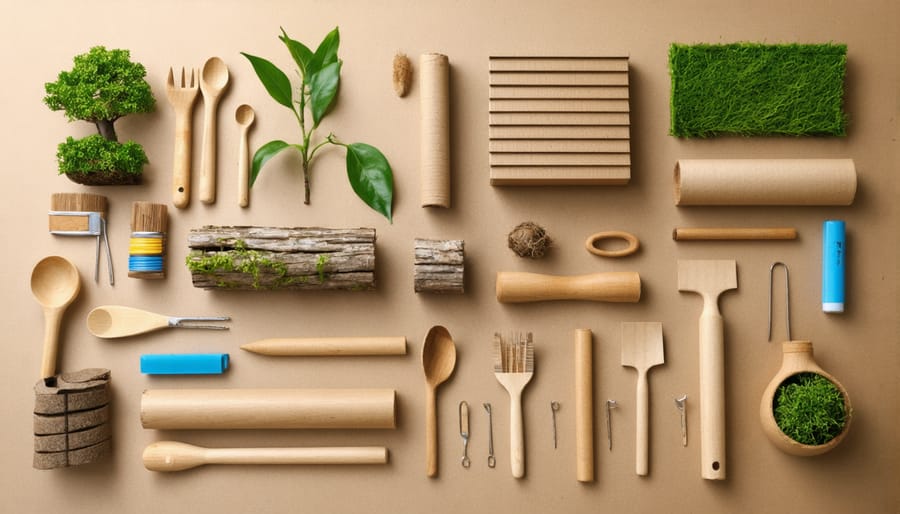
Local Flora and Fauna Features
The 3D ecosystem project brings Ontario’s rich biodiversity to life by featuring some of our most iconic species and their natural habitats. The workshop includes creating miniature versions of white pine and sugar maple trees, complete with their distinctive leaf patterns and bark textures. Native wildflowers like trilliums and black-eyed susans add splashes of color to the forest floor.
Wildlife elements include carefully crafted clay models of white-tailed deer, red foxes, and eastern gray squirrels, allowing participants to understand how these animals interact within their environment. The project also incorporates wetland features with representations of painted turtles and great blue herons amid cattails and water lilies.
For added authenticity, the workshops focus on accurately depicting four distinct Ontario ecosystems: the Carolinian forest, boreal forest, Great Lakes coastal wetlands, and alvars. Each habitat section includes characteristic rock formations, soil types, and vegetation patterns found in these regions. This attention to detail helps participants better understand how different species depend on their specific habitats and interact with one another in Ontario’s diverse natural landscapes.
Creating Your Park Ecosystem Model
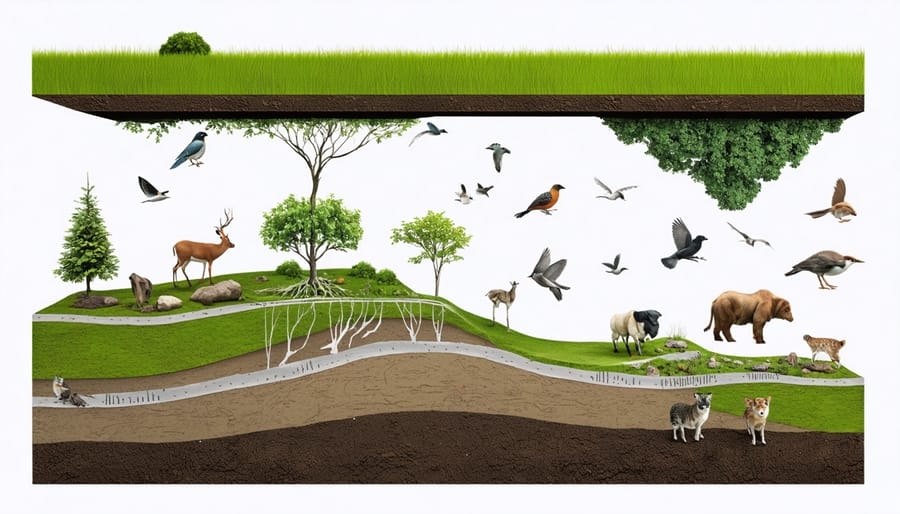
Layer by Layer: Building Your Habitat
Let’s build your 3D ecosystem from the ground up, just like nature does! Start with the base layer – your container’s bottom represents the bedrock of our Ontario landscapes. Add a thin layer of gravel for drainage, then mix in some soil to create your foundation layer.
Next comes the fun part – creating your miniature landscape! Add small hills using additional soil, and create shallow depressions that could represent natural features like the valleys and wetlands that provide vital ecosystem services in our parks.
For the middle layer, incorporate small twigs and bark pieces to represent fallen logs – these are nature’s apartment buildings for small creatures! Scatter moss and lichen specimens carefully on your mini logs and rocks. Pro tip: mist these gently with water to help them settle in.
The top layer brings your ecosystem to life! Add small native plants (we’ll provide appropriate species during the workshop), ensuring they’re positioned where they’d naturally grow. Place taller plants toward the back and shorter ones in front for the best view of your creation.
Finally, add decorative elements like pinecones, acorns, or small stones to complete your miniature Ontario wilderness. Remember, just like in nature, each layer supports the ones above it!
Workshop Locations and Schedule
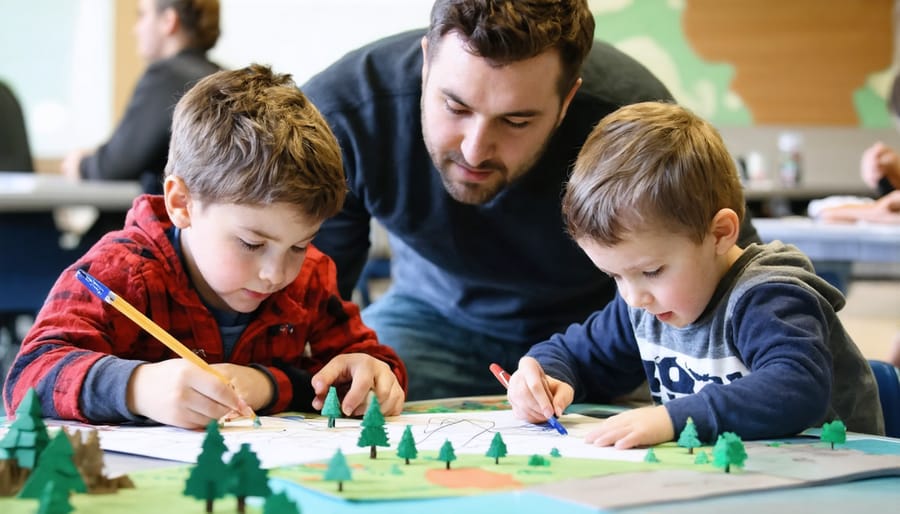
Family-Friendly Learning Tips
Make the workshop a memorable family experience by getting everyone involved in the creative process. Have children collect natural materials like small twigs and leaves beforehand to add personal touches to their ecosystem. Encourage questions and observations throughout the activity – you’ll be amazed at what young minds notice! Keep younger kids engaged by assigning them special tasks like arranging plants or adding decorative elements. Take photos of your family’s creation to document the experience, and use this as a launching point for ongoing conversations about nature and conservation. For the best experience, bring snacks, water, and maybe even a magnifying glass to examine the intricate details of your miniature world.
Through hands-on engagement with 3D ecosystem projects, students and families gain a deeper appreciation for Ontario’s diverse natural environments. These creative activities transform abstract ecological concepts into tangible learning experiences, fostering a lasting connection with our natural world. By building miniature ecosystems, participants better understand the delicate balance of nature and the importance of conservation efforts in our parks and protected areas. This interactive approach to environmental education not only makes learning fun but also inspires the next generation of nature stewards. As more schools and community groups embrace these projects, we’re cultivating a growing community of environmentally conscious citizens committed to preserving Ontario’s natural heritage for future generations to enjoy and explore.

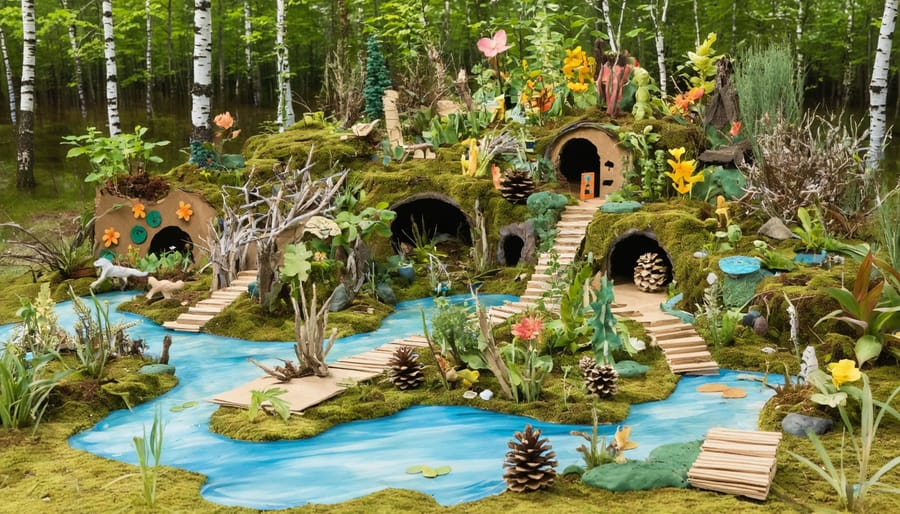
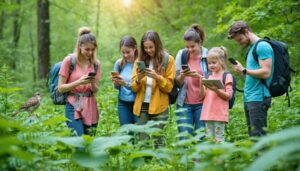
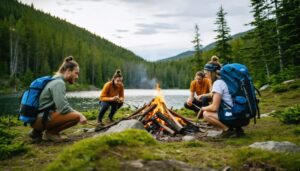

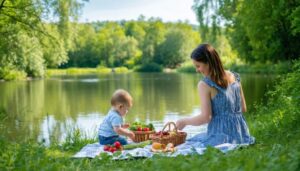
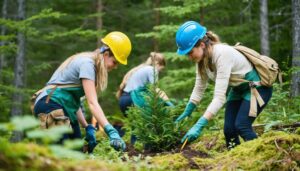

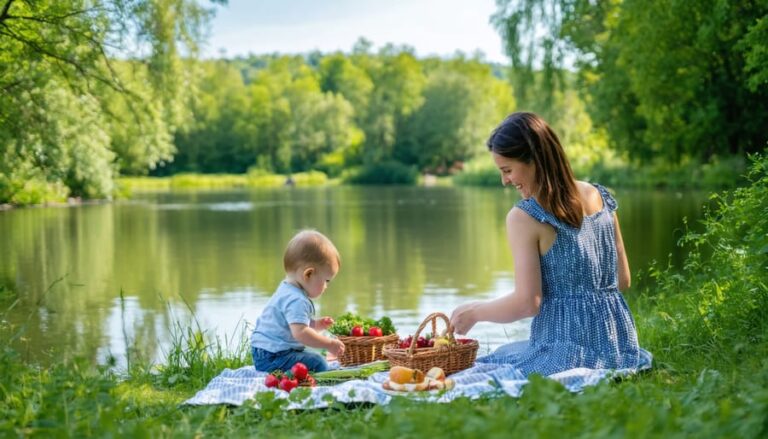
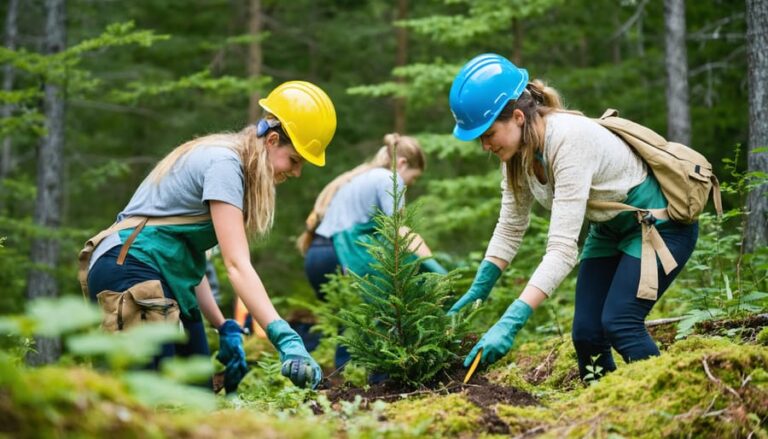
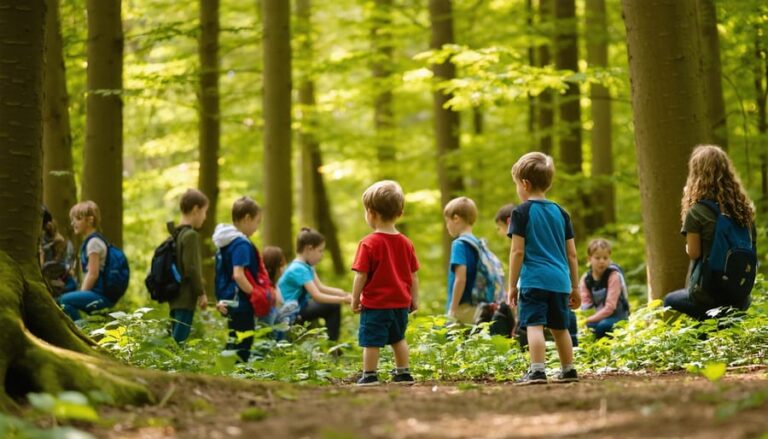
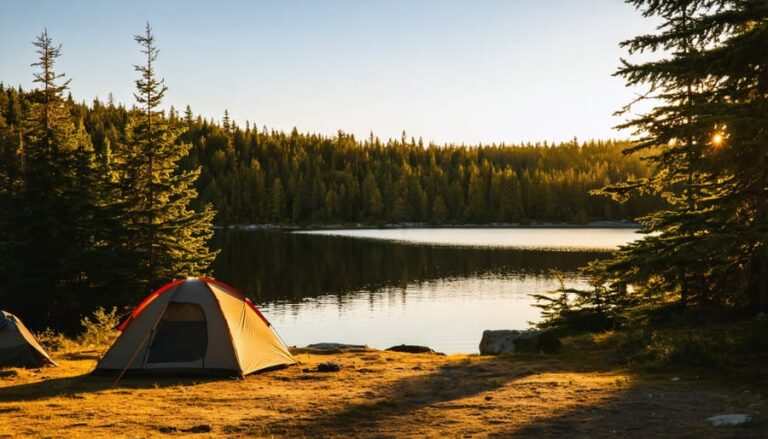
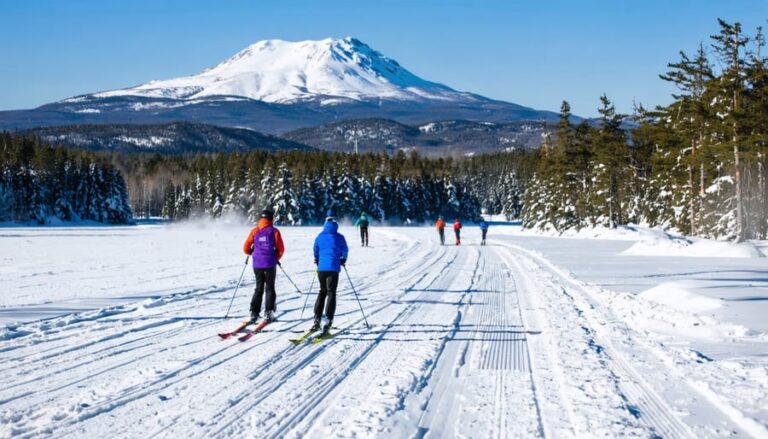

+ There are no comments
Add yours